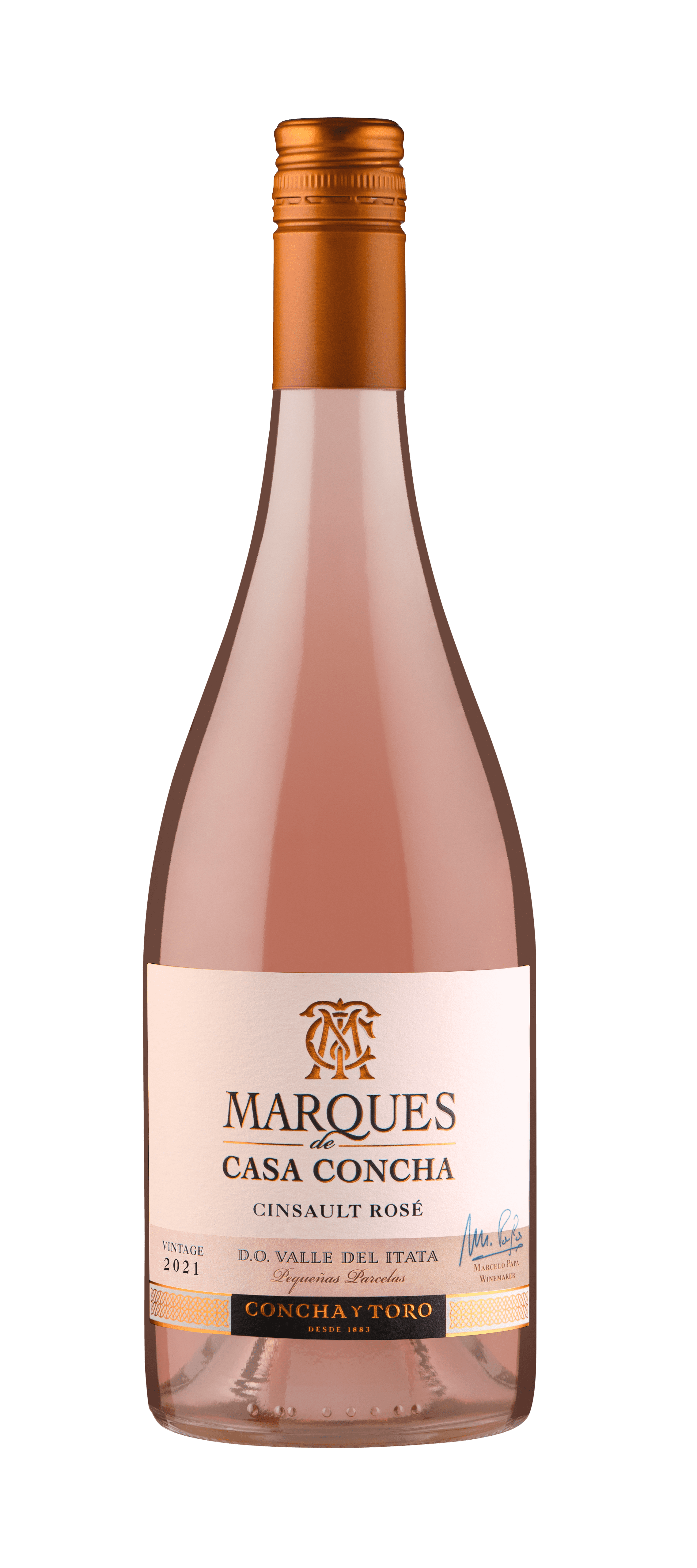If you have already heard or read about lees, but do not understand exactly what they are about, first you should know that they are not external agents or additives. Rather, they are totally natural. We will explain in detail below.
Have you ever left a freshly squeezed juice for hours on the table, and then it was “separated” in two? This simple domestic exercise that allows us to see how the heaviest components of the juice go to the bottom of the glass, is also an example to identify the lees of the juice. The same happens with grape must (grape juice with or without skin): the lees are the solid and viscous stuff that remains at the bottom of a barrel or tank after fermentation.
The substances that make up the lees will depend on when they are produced. When we talk about must, its lees are mainly made up of polysaccharides (small amounts of sugar), fatty acids and yeasts. While the wine lees are dairy bacteria, polyphenols, fatty acids and dead yeasts. Which, in addition, overtime they decompose, providing improvements to the wine in a totally natural way.
However, when we say that lees benefit wine, we mean fine lees. Those that are less heavy than grape seeds, skins and tartrates (better known as gross lees, which are removed by racking because they do not add anything good to the wine), and that remain in suspension thanks to different techniques such as battonage. Which consists of stirring the wine with a stick so that the fine lees come into greater contact with the wine and deliver their benefits, as occurs in the vinification of Marques de Casa Concha Rosé Cinsault.

Working with the lees is much more common in white wines that are fermented in barrels and to which the aim is to give more complexity in aromas and textures. The yeasts provide more intense aromas such as freshly baked bread. While the fatty acids will give the wine more volume and smoothness in the mouth, which reduces its astringency. At the same time, the wine achieves greater stability and better oxidation because the lees absorb oxygen.
Two other wines that are aged in barrels on their lees with battonage, are Gravas del Bío Bío Sauvignon Blanc and Marques de Casa Concha Chardonnay Limited Edition. The first with notes of citrus and white flowers, stands out for its great intensity and elegance on the palate. While the second is deeply concentrated on the palate, with great structure and oily notes. Undoubtedly, two great examples to check the work that the lees do.

Then, we cannot fail to mention the traditional method of making sparkling wines, where the permanence of the wine on its fine lees provides that unmistakable aroma of toast, cream, flowers or nuts, to name a few. At the same time, they allow finer bubbles to develop and a much firmer foam crown.



